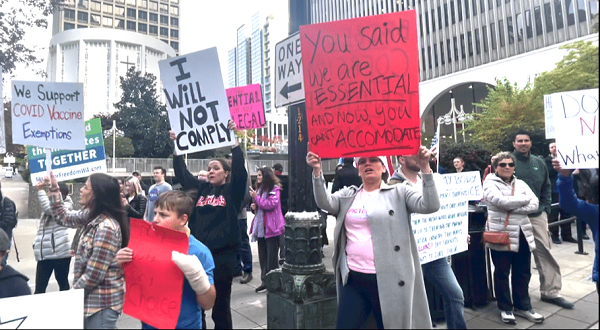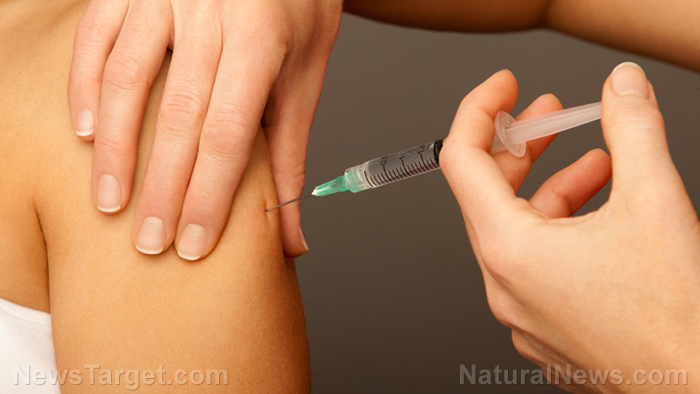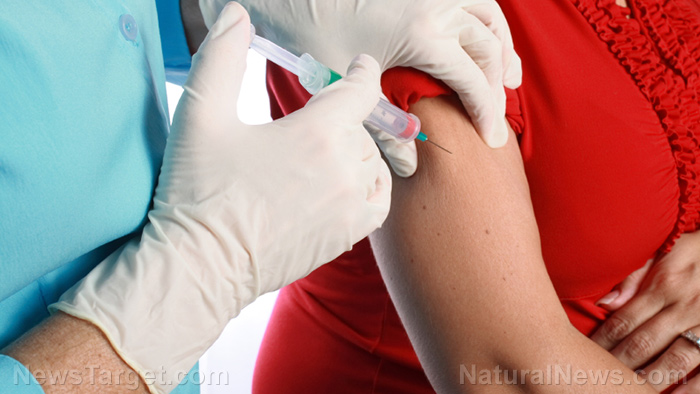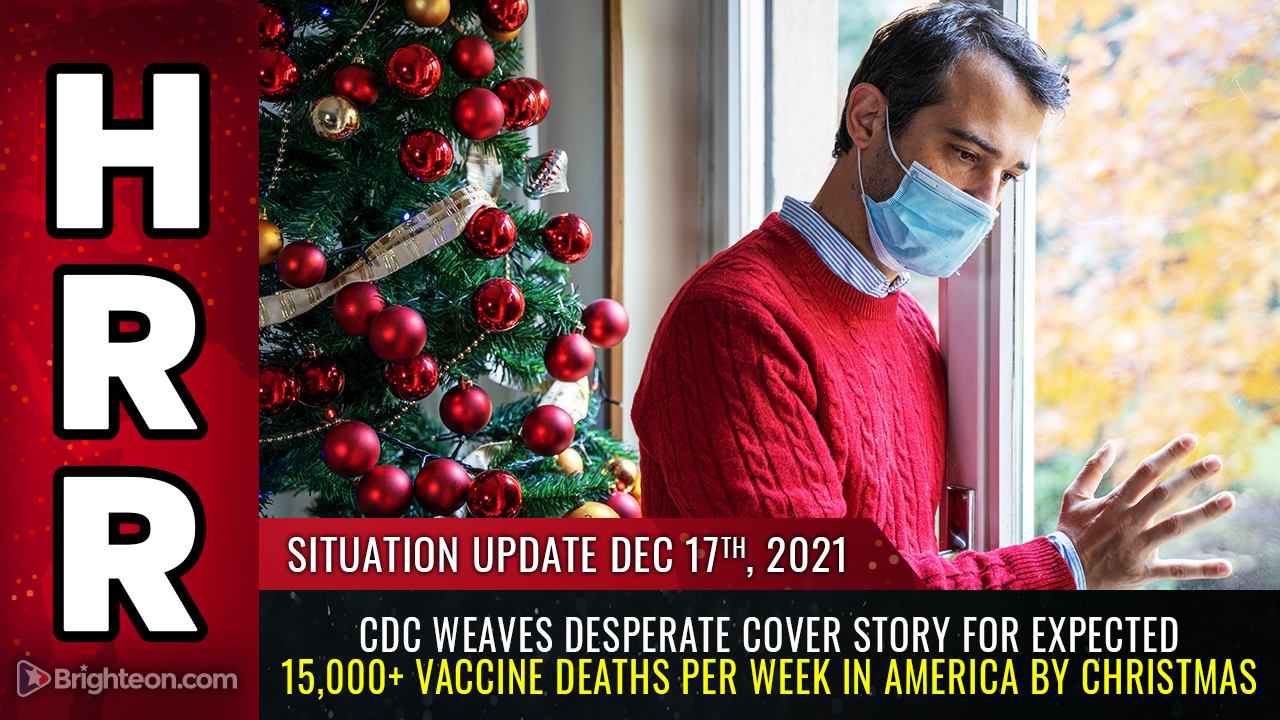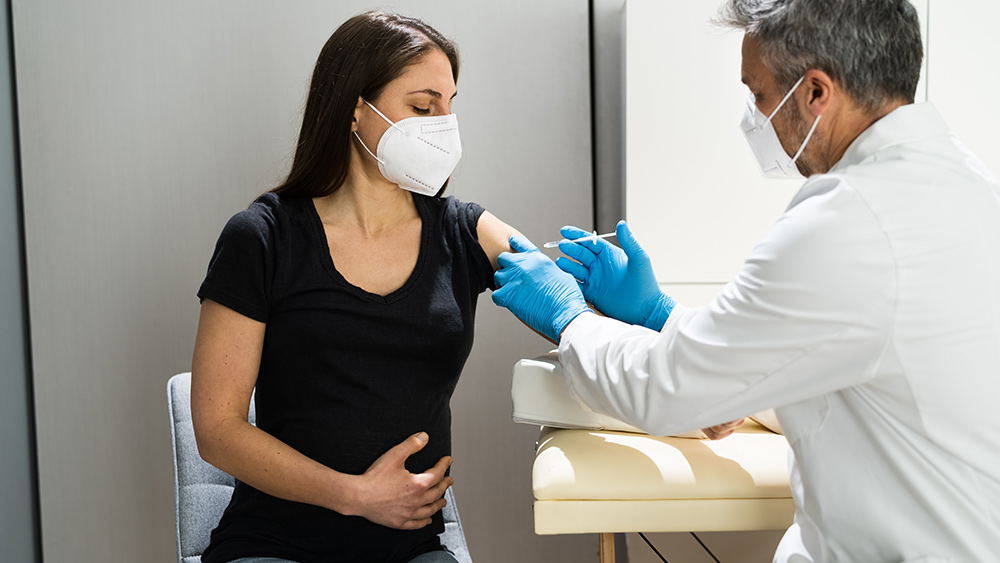Study: Teenage boys six times more likely to suffer from heart problems caused by coronavirus vaccine than be hospitalized from covid
09/14/2021 / By Ramon Tomey
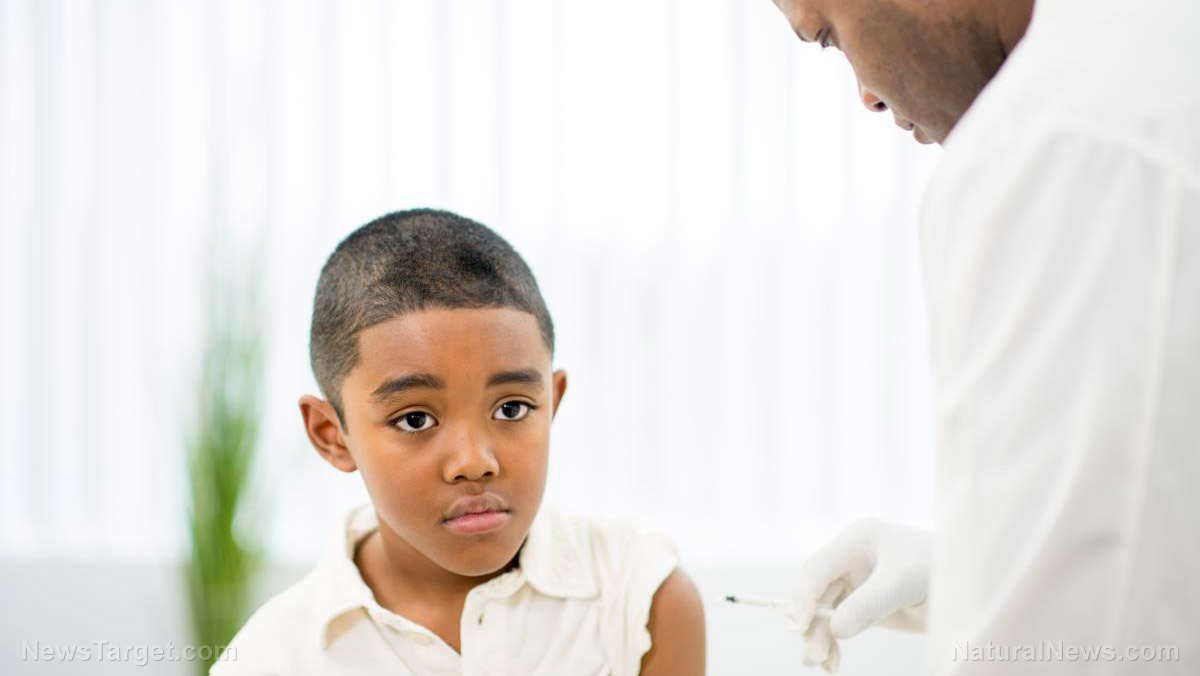
Researchers at the University of California (UC) has found that teenage boys are six times more likely to suffer from heart problems caused by Wuhan coronavirus (COVID-19) vaccines than be hospitalized because of COVID-19. The research team led by Dr. Tracy Beth Hoeg compared the rates of heart muscle inflammation in children aged 12 to 17 and the rates of COVID-19 hospitalization in the same age group. Hoeg’s team found that vaccinated children had a six-fold likelihood of suffering from cardiac inflammation than hospitalized ones.
The study, which has not yet undergone peer review, was posted on Sept. 8 on medRxiv. It analyzed reports of adverse effects from children who received the messenger RNA (mRNA) COVID-19 vaccines between January 2021 and June 2021. The vaccines from Pfizer and Moderna were linked to cases of myocarditis and pericarditis – the latter being heart lining inflammation.
The UC researchers found that among vaccinated boys aged 12 to 15, there were 162 cases per million (CPM) of cardiac conditions after getting the shot. Meanwhile, there were 26.7 CPM of COVID-19 infection and hospitalization among the same cohort. The subsequent risk comparison revealed that boys 12 to 15 years old were 6.1 times more likely to suffer from the COVID-19 vaccine than the disease it aimed to prevent.
Hoeg and the other researchers further noted that boys aged 12 to 15 still had a significant risk of cardiac inflammation and chest pain during high-risk and low-risk COVID-19 periods. The vaccine’s risk of causing myocarditis to teenage boys dropped to 4.3 during high-risk periods such as January 2021. On the other hand, this risk of “cardiac adverse events” shot up to as high as 22.8 during low-risk periods such as in June 2021.
The study authors observed that the 162 cases per million risk of myocarditis “was the highest out of all the groups they looked at.” Boys aged 16 to 17 had the second highest risk of cardiac issues at 94 CPM. Teen girls had the lowest risk of heart muscle inflammation – with girls aged 16 to 17 having 13.4 CPM and those aged 12 to 14 having 13 CPM. (Related: Gender inequality: Covid vaccines are harming boys more than girls.)
Health authorities remain adamant about children’s vaccination
Hoeg and her UC colleagues concluded their study by advising against pediatric vaccination mandates. They put forward two suggestions as alternatives public health authorities can do. First, they suggested gathering data on previous infections in the cohort of teenage boys and girls before requiring them to be vaccinated. Second, they proposed holding off any recommendations for injecting the vaccine in children – who have a low risk of dying from COVID-19.
However, the study’s findings failed to convince public health authorities to hold off vaccinating children. (Related: Health experts raise concerns regarding COVID-19 vaccination for children.)
The United Kingdom’s Joint Committee on Vaccination and Immunization (JCVI) issued guidance on Sept. 3 saying it would not recommend vaccinating healthy 12- to 15-year-olds. It instead recommended the vaccines to teenagers with underlying health conditions. The JCVI defended its guidance by saying the
“margin of benefit” of vaccinating the cohort was “considered too small” and that healthy children had a low risk of dying from a SARS-CoV-2 infection.
Pediatrician and JCVI member Dr. Adam Finn of the University of Bristol also seconded the committee’s recommendation. He told the Guardian: “I stand by the JCVI advice, which is not to go ahead at this time with vaccinating healthy 12- to 15-yearolds on health outcome risk-benefit grounds, given the current uncertainty.” Finn continued that the plausible risk of adverse effects such as cardiac inflammation “could turn out to outweigh modest benefits” of the vaccine.
However, British Health Secretary Sajid Javid said he wanted the chief medical officers (CMOs) from England, Scotland, Wales and Northern Ireland to consider vaccinating teenagers aged 12 to 15 “from a broader perspective.” Javid continued that he would build on the JCVI’s guidance and the advice from the four CMOs before he issues a decision.
Meanwhile, other ministers have expressed enthusiasm for approving children’s vaccination. The British National Health Service also prepared for this eventuality by recruiting thousands of vaccinators for schools.

While officials in the U.K. considered the option of vaccinating teenagers, authorities in California’s Los Angeles County went a step further. The L.A. County Board of Education voted unanimously to mandate COVID-19 vaccinations for teenage students on Sept. 9. The board’s decision to require students aged 12 years and older to get the COVID-19 vaccine made it the largest school district in the whole country to do so.
Under the mandate, students who participate in sports and other extracurricular activities must be fully vaccinated by Oct. 31, 2021. Other students were given a Dec. 19, 2021 deadline to be fully vaccinated.
Board member Jackie Goldberg defended the authority’s decision. “I do not see this as your choice or my choice. I see this as a community necessity. That means people have to do things they’re not comfortable with, they’re not sure of, that may even contain some risk,” she said. According to the L.A. County Department of Public Health, 239,515 students aged 12 to 18 – nearly 58 percent of the students in the school district – have already received COVID-19 vaccines.
VaccineDamage.news has more articles about the dangers of injecting the COVID-19 vaccine in children.
Sources include:
Tagged Under: cardiac inflammation, children's health, coronavirus vaccines, covid-19 pandemic, myocarditis, teenage boys, vaccine damage, vaccine injury, vaccine mandates, Wuhan coronavirus
RECENT NEWS & ARTICLES
Vaccines.News is a fact-based public education website published by Vaccines News Features, LLC.
All content copyright © 2018 by Vaccines News Features, LLC.
Contact Us with Tips or Corrections
All trademarks, registered trademarks and servicemarks mentioned on this site are the property of their respective owners.





